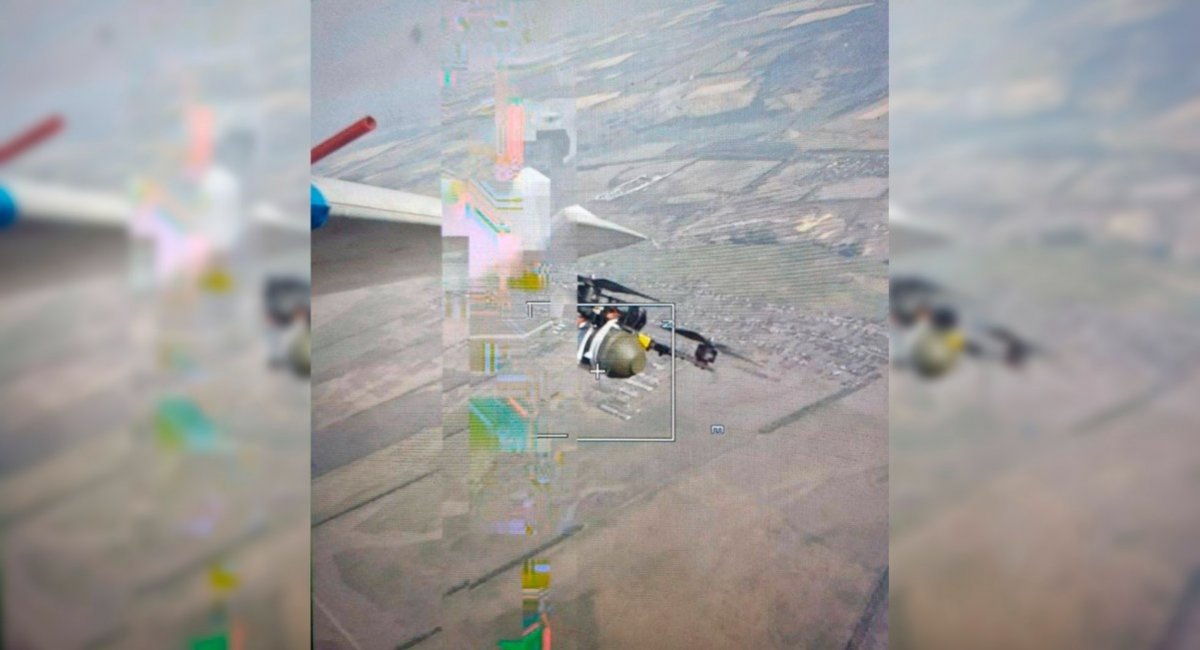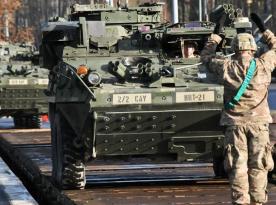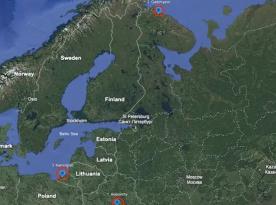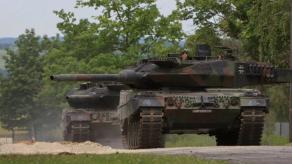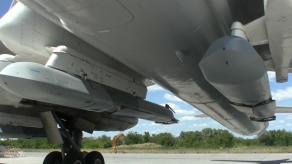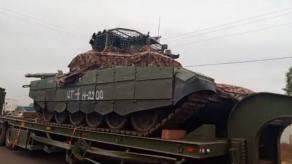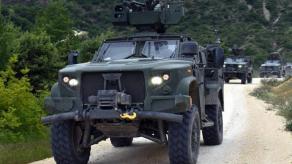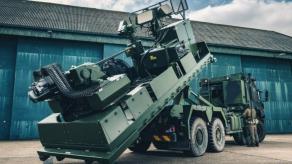The Ukrainian Defense Forces have started actively using primitive explosive FPV (first-person view) drones to intercept more sophisticated Russian reconnaissance UAVs, such as the Orlan-10 and Zala series.
What were once rare occurrences are now becoming more frequent, with numerous videos from the Ukrainian side showcasing these air duels from the perspective of the interceptor drone. However, a recent video from the Russian side, recorded by a reconnaissance UAV that was successfully intercepted, offers a unique view.
Read more: Unmanned Aerial Warfare: Ukrainian FPV Drones Take Down a Zala and Orlan-10
In this video, the Ukrainian FPV drone appears in the frame for only a few moments before it detonates next to the target. Still, these several frames are quite enough to take a clear look at the design of the Ukrainian interceptor drone.
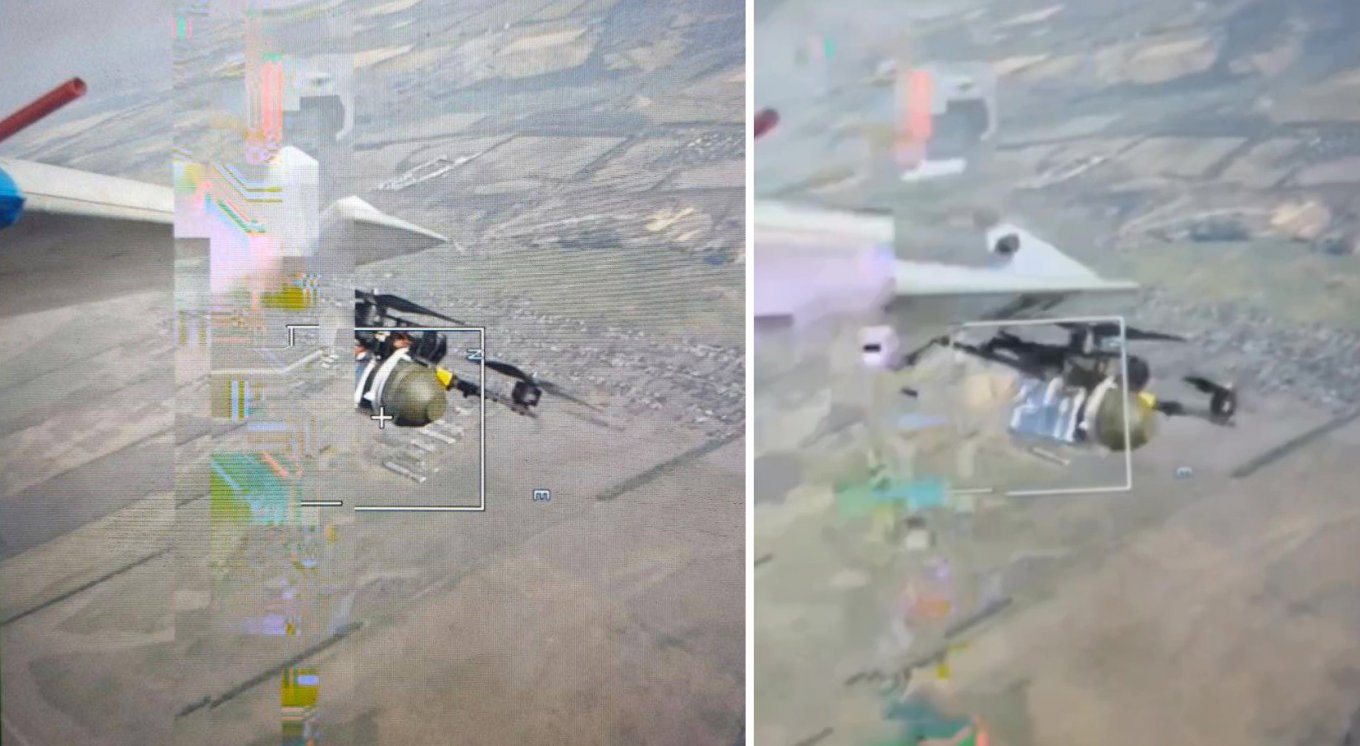
The drone in question is a quadcopter type, not only capable of reaching an altitude of about 1,000 meters but also catching up with its target. For a reminder, the Orlan-10 and winged Zala reconnaissance UAVs typically cruise at around 100 km/h.
Notably, the Ukrainian FPV drone is designed to be as lightweight as possible. It features a battery much smaller than usual (see the reference photo below), and lacks traditional metal "antennae" used to trigger the warhead upon contact. Instead, the warhead is likely detonated remotely from the operator’s console, resulting in an airburst near the target.
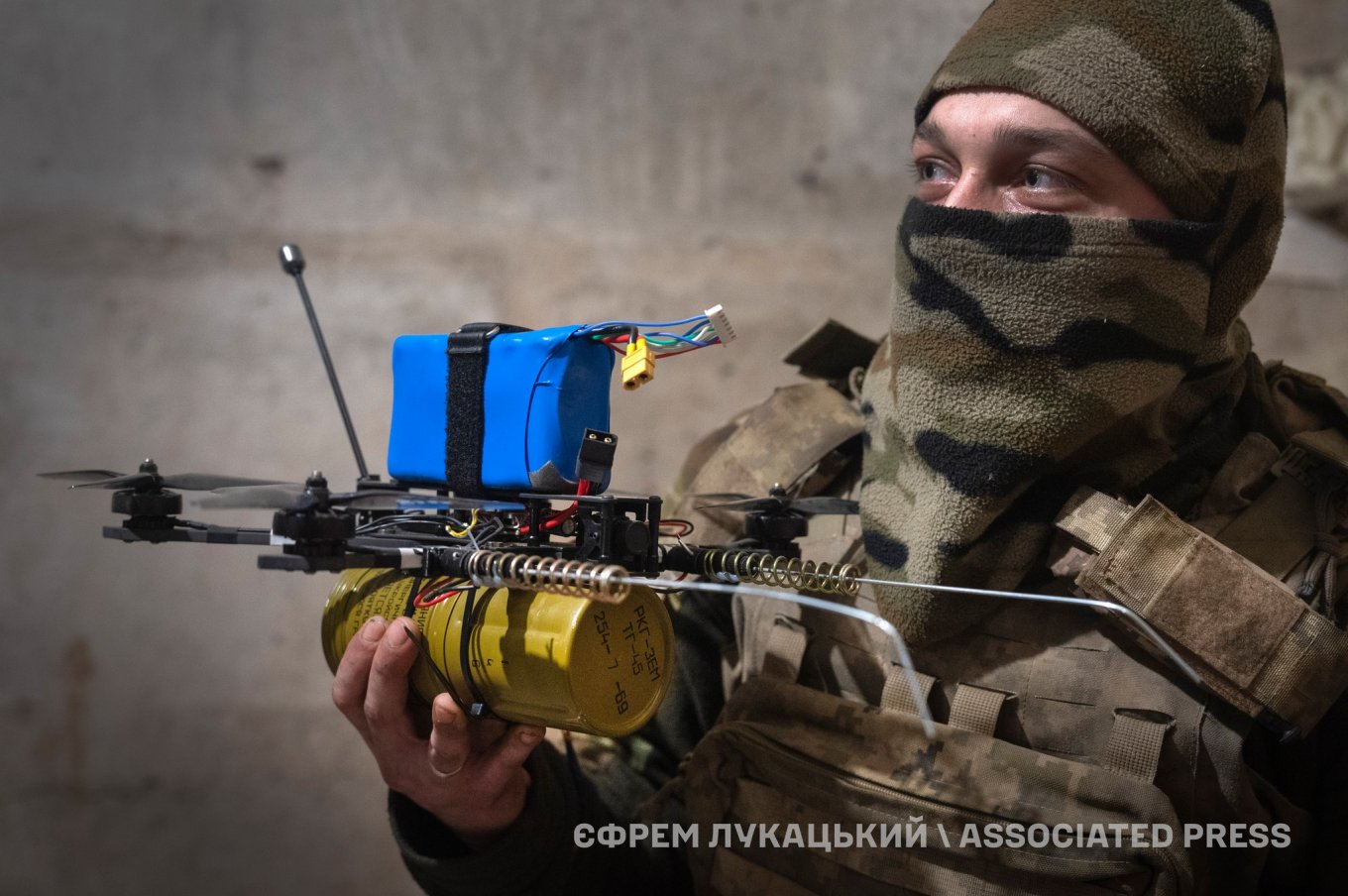
The munition used appears to be an M26 hand grenade, although its exact identification is difficult due to the video’s low quality. This type of explosive device provides the necessary fragmentation impact effective against airborne targets, making it a practical choice.
Overall, the design of this anti-aircraft FPV drone is optimized to be practical and light. Here's an archive video of one of the previous FPV interception instances, filmed from the Ukrainian drone's POV:
Still, the effectiveness of using an FPV drone to intercept an aerial target is not all about the design of the effector. Many important aspects remain behind the scenes: first of all, detecting the threat, and also the exceptional skill required from the operator to chase, precisely approach, and detonate the explosive at the right moment — all while looking through a low-quality camera and managing the drone’s extraordinarily short battery life.
Despite these challenges, FPV drones could become highly efficient and cost-effective weapons against Russian UAVs. But they could become even better in the future with enhancements like sensors and automated guidance systems to reduce reliance on the operator’s skill and further increase their effectiveness.
Read more: Ukraine Tests the BULLET Jet-Powered Anti-Air Interceptor Drone



